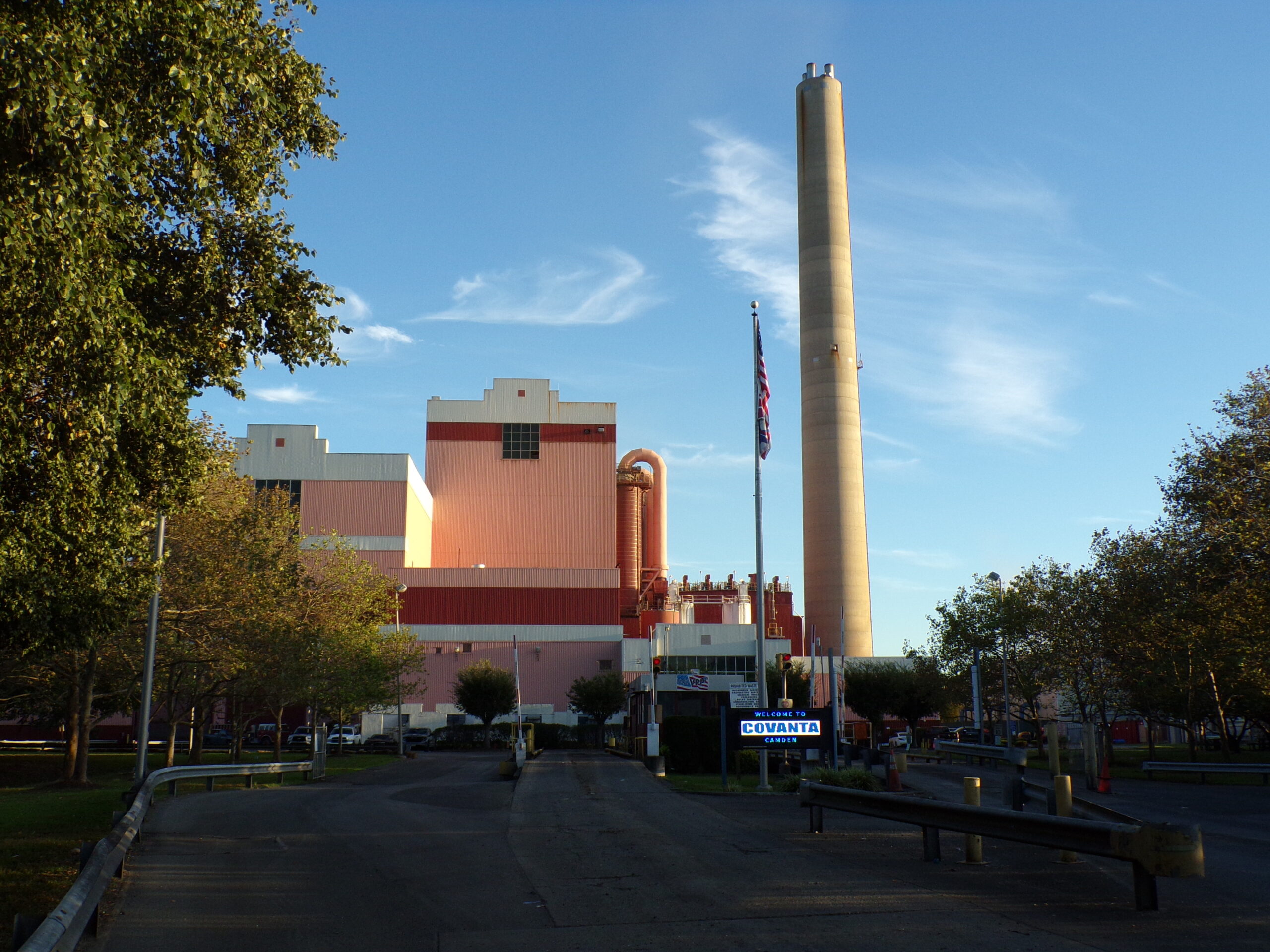
Invisible Threats: Air Pollution
A Local Activist group attempts to Raise Awareness of the Real Dangers Posed by Local Covanta Waste Management Facility
The building with the smokestacks that greet many commuting students right at the fork by the Walt Whitman Bridge is holding a grave secret: their emissions might be a big part of what makes Camden one of the most polluted cities in the country, according to the Guardian. Camden residents are four times more likely than the average American to need an emergency room visit for respiratory problems. In a 2017 report by the EPA, Covanta Camden was ranked second as the largest air emitter of toxic lead in the country. Per Covanta’s reporting, over 25 tons of soot are released into the skies above Camden each year. The facility also lacks a crucial pollution control measure known as a baghouse. Even with a baghouse fitted, the aged facility would still be the #1 air polluter in the county.
A group of local volunteers called Camden for Clean Air, or C4CA, has begun putting flyers up on campus and asking Rutgers Camden students to get involved with issues of environmental justice that affect them close to home. The Gleaner was able to sit down with Benjamin Saracco from C4CA to ask him questions about their movement’s past, its links to Rutgers, and its future:
How would you characterize Covanta’s efforts over the past few years?
“Covanta is an international corporation with a significant budget dedicated towards misinformation, marketing, political donations, and general “Greenwashing” to falsely promote
themselves as environmentally friendly. Locally, they have presented themselves
giving donations to the city’s schools and co-sponsoring city-sponsored events. These token efforts have helped disguise the fact that they have been the number one stationary industrial polluter in Camden County for many years and have refused to install basic pollution controls such as a baghouse filter that have existed on other incinerators they operate across the country for years. Camden’s air quality is a constant emergency. Students in the city are 150% more likely than the state average to attend the emergency room for an asthma attack.”
What’s next?
“We would continue to call strongly for the closure of the facility. We’ve requested again for Camden County Commissioners to identify a landfill for use as it transitions to a more environmentally zero waste practice in the city, such as municipal composting with more progressive recycling practices. We’ll continue to collaborate with residents, college students, institutions, and government agencies in dialogue for change. We’ve had a county commissioner acknowledge publicly that the placement of the incinerator in the City of Camden is environmental racism and that the incinerator should be shut down, which is major progress. He mentioned there is no viable alternative, so we’re working to pave the way for what that alternative looks like so we can precipitate towards the closure of the incinerator. We have been successful in building a relationship with the state’s Environmental Justice division in the DEP and routinely show up to hearings to advocate for the public.”
Are there any prominent environmentalists or protest movements from which you take inspiration?
“Reverend Roy Jones has been an environmental activist and civil rights leader for over 55 years. He just led an Environmental Justice Toxic Tour and partnered closely with our groups and other advocates for environmental and social justice issues in the city. Kevin Barfield is another environmentalist advocate who has and continues to support Camden for Clear Air and is the past president of our local Camden County NAACP Branch. The fight against environmental injustices in the city is sadly nothing new, but we strive to stand on the shoulders of those who fought on these issues before us.” [Note: Rev Jones is a Rutgers Camden alumni who helped desegregate the campus and wrote for the Gleaner: https://oralhistory.rutgers.edu/alphabetical-index/interviewees/64-text-html/2601-jones-roy-l-part-one]
How can Rutgers-Camden students help?
“By showing up to meetings or hearings when environmental issues are being discussed, Put pressure on your institution to end its contract with the Covanta incinerator. Advocate for the introduction of composting on campus. Create student research or partner with your faculty on research projects that aim to study and address these issues! Take courses that train you to address these issues. Partner with the AAUP and AFT campus faculty and staff unions to help advocate for these issues. Pressure your university’s administration to respond to these issues. Remember that when you throw anything away on campus, it is sent to the trash incinerator a few miles away to be burned into the air for you and your neighbors to breathe. You have a right to good health, clean water, and air on your campus. It is not a coincidence that the Rutgers Camden and Newark campuses have student bodies that are largely black and brown and from lower-income backgrounds, and that these campuses are also adjacent to environmental polluters. Students are community members, whether they live, visit, or study here, and we’re all in this fight together. We are all in this together, and together we win.”


